Dow Theory Explained: Six Postulates of Charles Dow (2025)
Updated: 21.03.2025
Dow Theory: theory and six postulates of Charles Dow or how technical analysis of price charts appeared (2025)
Dow Theory is a theory that describes the behavior of stock prices over time. It is based on the works of the American journalist Charles Dow, the first editor of the Wall Street Journal newspaper and one of the founders of the world famous company Dow Jones and Co.
The "Dow Theory" was formulated by Charles Dow in articles from 1900-1902, but due to the death of the author in 1902, it was never completed. It is interesting that Charles himself never called his theory by the term that we all know now. After the death of Charles Dow, work on his theory was completed by such individuals as William P. Hamilton, Robert Rhea and George Schaefer - they called this theory the “Dow Theory”.
The Dow theory itself underlies all technical analysis of charts and includes 6 postulates for the formation of price movements. According to the Dow Theory:
At first the company was based on the production of two-page booklets with news from the world of trade and finance, but already in 1889 the first edition of The Wall Street Journal saw the light.
As for the “Dow Theory,” it did not arise out of nowhere. While working as a journalist, Charles had to communicate very often with industrial magnates and bankers - gradually the world of financial movements ceased to be a mystery to Dow. On the contrary, when working on my articles, I was able to identify some patterns and how events from the past affect pricing now.
Having accumulated enough knowledge and started publishing The Wall Street Journal, Dow, in 1893, saw the need for some indicator of market activity. The reason was simple - a sharp surge in speculative transactions in the market caused by various mergers of companies. This is how the Dow Jones Industrial Average was born - an instrument that, at that time, was a simple arithmetic average of the prices of 12 companies. This index currently covers the 30 largest US companies.
Charles Dow was one of the first to understand that price “has a memory” - there is much more hidden in it than an ordinary speculator of that time could imagine. Unfortunately, Dow did not have time to finish his work, but all his work has not gone away - other people completed the work, and we will give Charles’s work the name “Dow Theory.”
In more understandable terms, the price of an asset stores information about:
That is why they say that the price “Has a memory”! Now this is known to absolutely all traders (although there are a number of those who still refuse to believe it - the earth is flat and all that...), but in the time of Charles Dow it seemed fantastic.
Nowadays there are a lot of tools for market analysis (indicators and strategies) - each of these tools will allow you to find the most successful patterns in price movement and tell you when is the best time to enter the market. This method is used by day traders and investors who take longer-term trades.
As for Dow himself, he preferred to look at the market as a whole - to look at the price movements of large companies that had a significant influence on price formation. To simplify these observations, the Dow Jones Industrial Average was invented.
According to the Dow Theory, if the Dow Jones Industrial Average is trending, it has a huge impact on investor sentiment. Also, according to the Dow theory, some patterns were identified related to the assessment of the financial condition of companies, and this is very useful when trading shares.
You don't need to be a genius to identify the main trend on the chart - it forms from one year to several years, so you just need to open the asset chart with a monthly time frame and draw a trend line: In this case, the main trend of EUR/USD is a downward trend, as the highs and lows of the price also tell us. A downward trend will exist until there are clear signals about its completion - when new highs and lows begin to form above the previous ones.
No, of course, if you want to open one trade a week, then there’s nothing wrong with that. Simply, why earn such “pennies” on binary options over such a long period, if the same time can be spent on more profitable trading on the Forex market?!
Binary options bring maximum profit only in intraday trading, and for this we need smaller time frames to determine trends using Dow Theory.
To understand all the current trends and use them profitably, I suggest looking at three graphs:
At this phase of the trend, investors enter. A clear example of the main rule of the market - “Buy low, sell high!” The accumulation phase cannot exist indefinitely - a constant influx of funds from investors will gradually begin to raise the price of the asset and develop into the next phase - the participation phase.
The participation phase can be determined by a simple sign: the market has updated the previous maximum price. Until this happens, the market is in an accumulation phase (price consolidation). The longer this phase lasts, the stronger the trend movement will shoot out.
During the participation phase, not only large investors enter the market (they entered in the accumulation phase), but also smaller companies and individuals - interest in a stable trend attracts a lot of attention.
The reasons for entering the market are very simple and reliable (if you enter at the beginning of the movement) - large investors created a trend by pulling up the investments of smaller organizations. All this creates a strong system in which investments move in only one direction - up. Moreover, the trend is usually very strong and stable. Towards the end of the participation phase, investors are divided into three categories:
I don’t remember who exactly told me about the very good folk wisdom (it’s not important now), but it goes like this: “If the newspapers talked about an incredible increase in the price of an asset, then it’s time to sell it!”
The logic in these words is simple - large investors do not need such information, and they opened positions long before this publication, like their less wealthy but experienced colleagues. But for ordinary people this news is very interesting - a “free” way to make money.
Typically, such news is published closer to the end of the trend - it is important for the “newspaper” to provide factual evidence of good growth (the price increased by 19291%, etc.) and in fact this is so. But readers don’t think that the trend is likely to end any moment soon.
At some point, the influx of money stops, which means the price stops rising, and this is where the fun begins.
Some people are lucky and come out at the very peak, while others, at best, are left with their money. Those who believed the “newspapers” are left with nothing, because the market takes their money very quickly. Here I would like to mention another good folk wisdom - “You shouldn’t jump on a moving train!” By the way, the stronger the participation phase was, the stronger the implementation phase will be. It is also worth noting that a downward trend also comes with pullbacks. This is due to the fact that there are optimists who believe that the price will not fall lower and it’s time to enter the market, but no one has canceled the negative news, and each such news will force some investors to leave the market, thereby “dropping” the price even lower.
The price will fall until the market completely stabilizes - the moment when all the negative news stops surprising anyone and gradually turns into positive (this month for Apple everything is not as bad as in the past - the fall has slowed down and blah blah blah). This will bring back investors who will create a new phase of accumulation. And so on in a circle.
While the trend exists, all trading should be in the direction of the main price movement - along the trend. Without actual confirmation of the end of a trend, opening against it is stupid and pointless.
“What if the price doesn’t go higher” or “I’m sure there will be a reversal soon” does not work here - with a high probability you will simply lose money. Once again: the trend has not ended - we trade with the trend, evidence of the end of the trend appears - we exit the market.
The uptrend updates its highs: The downward trend, on the contrary, updates its lows: At the moment when the highs/lows stop updating each other, the trend ends: In this situation, the downward trend ended at the moment when the next low was not updated - it formed at the level of the previous low - a signal that the price will then act according to one of the following scenarios:
Thousands of traders learn to trade on a clean chart: they study patterns, find support and resistance levels, identify trends and consolidation zones. All this is available to us now, but it all began with work on technical analysis and the Dow Theory.
The "Dow Theory" was formulated by Charles Dow in articles from 1900-1902, but due to the death of the author in 1902, it was never completed. It is interesting that Charles himself never called his theory by the term that we all know now. After the death of Charles Dow, work on his theory was completed by such individuals as William P. Hamilton, Robert Rhea and George Schaefer - they called this theory the “Dow Theory”.
The Dow theory itself underlies all technical analysis of charts and includes 6 postulates for the formation of price movements. According to the Dow Theory:
- There are three types of trend
- Each primary trend has three phases
- The market takes into account all the news and has a memory
- Stock indices must be consistent and confirm each other
- Trends are confirmed by trading volumes
- Trends are valid until there is a clear signal to stop
Contents
- Charles Dow - biography
- The market takes everything into account - the postulate of the Dow Theory about price memory
- Three trends according to Dow theory
- Main trend according to Dow theory
- Minor trend according to Dow theory
- Minor trends according to Dow theory
- Three trends of the Dow theory in binary options trading
- Three phases of the market trend according to the Dow theory
- Accumulation phase according to Dow theory
- Dow Theory Participation Phase
- Dow Theory Implementation Phase
- Market indices must confirm each other - correlation in Dow theory
- The trend must be confirmed by volumes
- A trend works until there is actual confirmation of its end
- Trend end and reversal
- Technical analysis and Dow theory
Charles Dow - biography
Charles Henry Dow is known to everyone as an American journalist and one of the founders of Dow Jones and Company - they publish the world famous daily magazine The Wall Street Journal. For those who are hearing this name of the magazine for the first time, it is a business newspaper that talks about the most important business and financial news.
At first the company was based on the production of two-page booklets with news from the world of trade and finance, but already in 1889 the first edition of The Wall Street Journal saw the light.
As for the “Dow Theory,” it did not arise out of nowhere. While working as a journalist, Charles had to communicate very often with industrial magnates and bankers - gradually the world of financial movements ceased to be a mystery to Dow. On the contrary, when working on my articles, I was able to identify some patterns and how events from the past affect pricing now.
Having accumulated enough knowledge and started publishing The Wall Street Journal, Dow, in 1893, saw the need for some indicator of market activity. The reason was simple - a sharp surge in speculative transactions in the market caused by various mergers of companies. This is how the Dow Jones Industrial Average was born - an instrument that, at that time, was a simple arithmetic average of the prices of 12 companies. This index currently covers the 30 largest US companies.
Charles Dow was one of the first to understand that price “has a memory” - there is much more hidden in it than an ordinary speculator of that time could imagine. Unfortunately, Dow did not have time to finish his work, but all his work has not gone away - other people completed the work, and we will give Charles’s work the name “Dow Theory.”
The market takes everything into account - the postulate of the Dow Theory about price memory
The market remembers and takes everything into account! According to the Dow Theory, all events that happen in the world are directly reflected and stored in the price of an asset - all the necessary information about the past, present and future is available.In more understandable terms, the price of an asset stores information about:
- Emotions of market participants, followed by certain actions
- Development and merger of various companies
- Economic crises
- Scientific breakthroughs
- The appearance of new products on the market
- Etc.
That is why they say that the price “Has a memory”! Now this is known to absolutely all traders (although there are a number of those who still refuse to believe it - the earth is flat and all that...), but in the time of Charles Dow it seemed fantastic.
Nowadays there are a lot of tools for market analysis (indicators and strategies) - each of these tools will allow you to find the most successful patterns in price movement and tell you when is the best time to enter the market. This method is used by day traders and investors who take longer-term trades.
As for Dow himself, he preferred to look at the market as a whole - to look at the price movements of large companies that had a significant influence on price formation. To simplify these observations, the Dow Jones Industrial Average was invented.
According to the Dow Theory, if the Dow Jones Industrial Average is trending, it has a huge impact on investor sentiment. Also, according to the Dow theory, some patterns were identified related to the assessment of the financial condition of companies, and this is very useful when trading shares.
Three trends according to Dow theory
Analyzing sustainable price movements (trends) is the next step in Dow Theory. The market always moves in waves, creating both movements in the direction of the trend and minor pullbacks against it. All this adds up to a holistic picture and characterizes any trend using the same characteristics:- New high
- Rollback
- New high
- Each new minimum will be lower than the previous one
- Each new maximum will be lower than the previous one
- Main trend
- Minor trend
- Slight trend
Main trend according to Dow theory
As you might guess, the main trend is the main long-term price movement. The trend itself is best viewed on charts with a time frame from 1 week to one month.You don't need to be a genius to identify the main trend on the chart - it forms from one year to several years, so you just need to open the asset chart with a monthly time frame and draw a trend line: In this case, the main trend of EUR/USD is a downward trend, as the highs and lows of the price also tell us. A downward trend will exist until there are clear signals about its completion - when new highs and lows begin to form above the previous ones.
Minor trend according to Dow theory
Minor trends are smaller price movements. These trends move both towards the main trend and can also look like a price correction (rollback). According to Dow Theory, minor trends last from 3 weeks to 3 months, and pullbacks against the major trend account for 30% to 60% of the total movement of minor trends. Simply put, minor trends most often move against the main trend.Minor trends according to Dow theory
A minor trend, according to Dow Theory, should not last more than 3 weeks. Like a minor trend relative to a major trend, a minor trend most often moves against the minor trend:- If a minor trend is moving up, then a minor trend will most often move the price down
- If the minor trend is downward, then minor trends will be dominated by upward price movement
Three trends of the Dow theory in binary options trading
In the examples above, we considered fairly long time frame settings - from one month in each candle to 4 hours. This is of course not suitable for binary options trading.No, of course, if you want to open one trade a week, then there’s nothing wrong with that. Simply, why earn such “pennies” on binary options over such a long period, if the same time can be spent on more profitable trading on the Forex market?!
Binary options bring maximum profit only in intraday trading, and for this we need smaller time frames to determine trends using Dow Theory.
To understand all the current trends and use them profitably, I suggest looking at three graphs:
- Identify the main trend on the monthly time frame (1 Month)
- See minor trends on the “1 day” chart
- Check minor trends on the “1 hour” time frame
- We look for the main trend on the “1 day” time frame
- We look at the secondary trend on the hourly chart
- We identify minor trends on time frames from 15 to 5 minutes (M5-M15)
Three phases of the market trend according to the Dow theory
According to the Dow theory, there are three phases of a market trend:- Accumulation phase
- Participation phase
- Implementation phase
Accumulation phase according to Dow theory
The accumulation phase is the first phase of a trend according to Dow Theory. During this phase, the upward trend has not yet begun, but all negative news has been taken into account by the market - on the chart it looks like a sideways price movement (the price fluctuates in a narrow range without sudden movements).At this phase of the trend, investors enter. A clear example of the main rule of the market - “Buy low, sell high!” The accumulation phase cannot exist indefinitely - a constant influx of funds from investors will gradually begin to raise the price of the asset and develop into the next phase - the participation phase.
The participation phase can be determined by a simple sign: the market has updated the previous maximum price. Until this happens, the market is in an accumulation phase (price consolidation). The longer this phase lasts, the stronger the trend movement will shoot out.
Dow Theory Participation Phase
The participation phase is the trend phase according to the Dow Theory, when the price, having gained sufficient strength, begins to move up. This is the longest period of all market phases.During the participation phase, not only large investors enter the market (they entered in the accumulation phase), but also smaller companies and individuals - interest in a stable trend attracts a lot of attention.
The reasons for entering the market are very simple and reliable (if you enter at the beginning of the movement) - large investors created a trend by pulling up the investments of smaller organizations. All this creates a strong system in which investments move in only one direction - up. Moreover, the trend is usually very strong and stable. Towards the end of the participation phase, investors are divided into three categories:
- Large investors - they, as a rule, leave the market early in order to lock in their profits 100%
- Smaller companies and organizations - after large investors leave, they support the current trend for some time, but then they also leave the market for fear of losing profits
- “Latecomers” - a category of small investors who accidentally learned about the current trend and entered closer to its end
I don’t remember who exactly told me about the very good folk wisdom (it’s not important now), but it goes like this: “If the newspapers talked about an incredible increase in the price of an asset, then it’s time to sell it!”
The logic in these words is simple - large investors do not need such information, and they opened positions long before this publication, like their less wealthy but experienced colleagues. But for ordinary people this news is very interesting - a “free” way to make money.
Typically, such news is published closer to the end of the trend - it is important for the “newspaper” to provide factual evidence of good growth (the price increased by 19291%, etc.) and in fact this is so. But readers don’t think that the trend is likely to end any moment soon.
At some point, the influx of money stops, which means the price stops rising, and this is where the fun begins.
Phase of trend implementation according to Dow theory
As you might have already guessed, the implementation phase is a trend period when everyone is fleeing the market as if from a sinking ship. This is understandable - the fear of losing what they have earned (or what they have just invested) forces people to very quickly withdraw their money from the market.Some people are lucky and come out at the very peak, while others, at best, are left with their money. Those who believed the “newspapers” are left with nothing, because the market takes their money very quickly. Here I would like to mention another good folk wisdom - “You shouldn’t jump on a moving train!” By the way, the stronger the participation phase was, the stronger the implementation phase will be. It is also worth noting that a downward trend also comes with pullbacks. This is due to the fact that there are optimists who believe that the price will not fall lower and it’s time to enter the market, but no one has canceled the negative news, and each such news will force some investors to leave the market, thereby “dropping” the price even lower.
The price will fall until the market completely stabilizes - the moment when all the negative news stops surprising anyone and gradually turns into positive (this month for Apple everything is not as bad as in the past - the fall has slowed down and blah blah blah). This will bring back investors who will create a new phase of accumulation. And so on in a circle.
Market indices must confirm each other - correlation in Dow theory
According to Dow Theory, there should be a correlation between indices - a price state when one asset depends on another. Dow collected large American companies into two assets:- Dow Jones Industrial Average
- Dow Jones Transportation Index
The trend must be confirmed by volumes
The stock market directly depends on the volume of funds invested in it. According to Dow Theory, a trend must be confirmed by volume. Everything is very simple here:- If the trend is going up, there should be an increase in volumes
- The price goes against the trend - volumes should fall
The trend works until there is actual confirmation of its end
As for trading, there is a simple rule that everyone has heard - do not trade against the trend! Literally!While the trend exists, all trading should be in the direction of the main price movement - along the trend. Without actual confirmation of the end of a trend, opening against it is stupid and pointless.
“What if the price doesn’t go higher” or “I’m sure there will be a reversal soon” does not work here - with a high probability you will simply lose money. Once again: the trend has not ended - we trade with the trend, evidence of the end of the trend appears - we exit the market.
End and reversal of trend
The end and reversal of trend movements are very easy to notice on the chart. Each trend is a wave-like movement up or down (depending on the trend). In other language, this is updating the maximums and minimums.The uptrend updates its highs: The downward trend, on the contrary, updates its lows: At the moment when the highs/lows stop updating each other, the trend ends: In this situation, the downward trend ended at the moment when the next low was not updated - it formed at the level of the previous low - a signal that the price will then act according to one of the following scenarios:
- Trend change to upward
- A sideways price movement will begin
Technical analysis and Dow theory
Technical analysis was founded on the Dow Theory over 100 years ago. Nowadays, many traders cannot imagine trading without access to the price chart of an asset. There are millions of indicators that help you understand what is happening faster and easier. These indicators formed the basis of many trading strategies that we now use.Thousands of traders learn to trade on a clean chart: they study patterns, find support and resistance levels, identify trends and consolidation zones. All this is available to us now, but it all began with work on technical analysis and the Dow Theory.

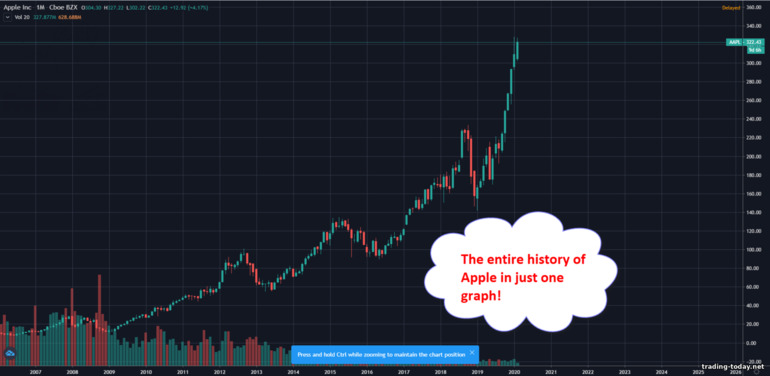


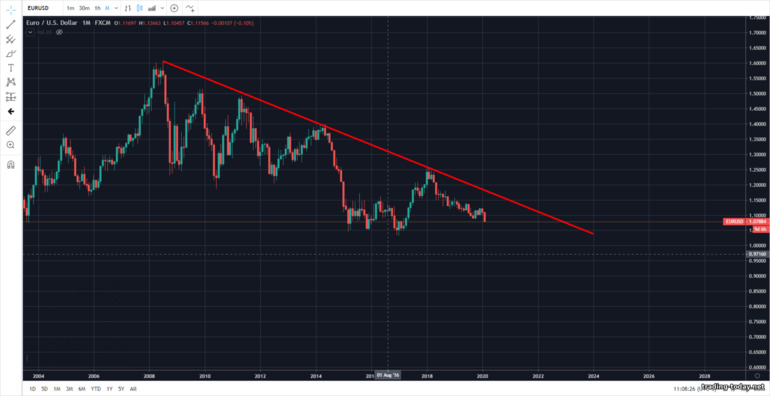
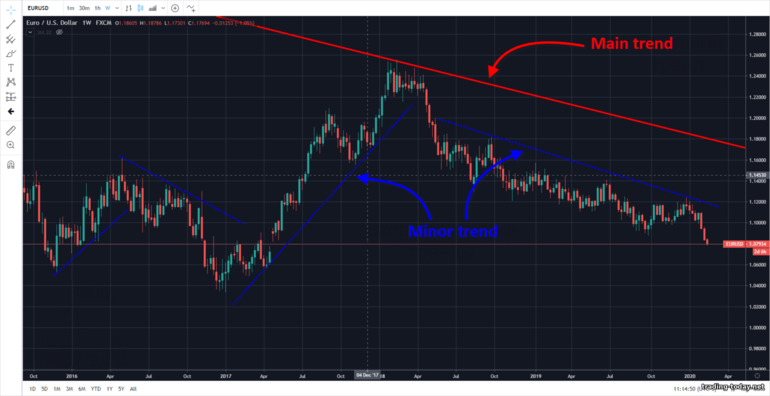
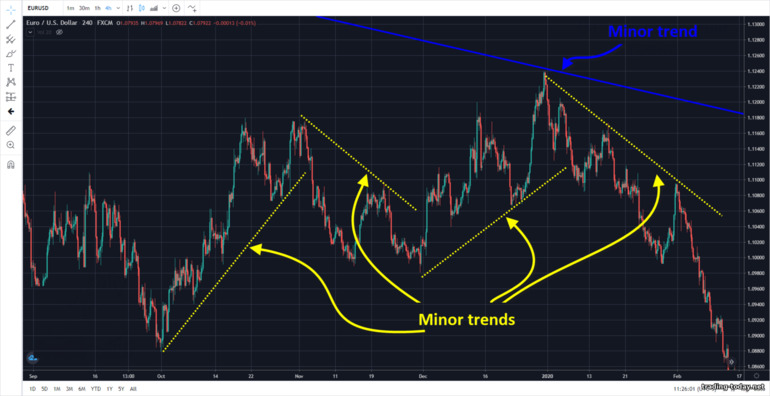
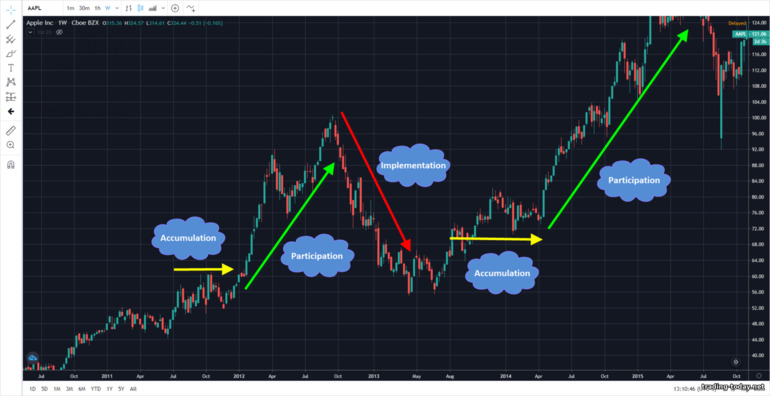
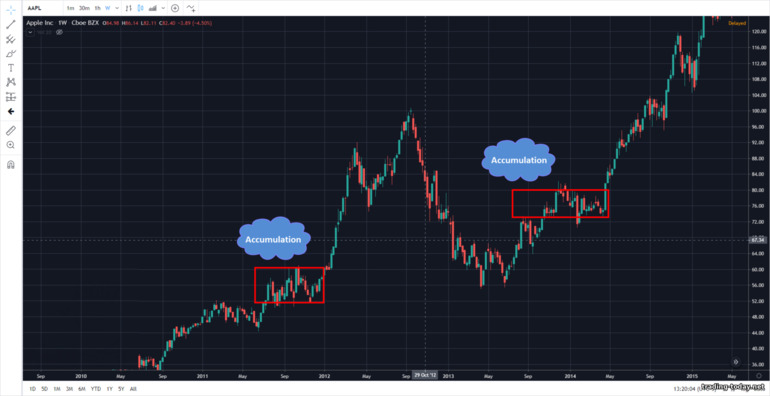
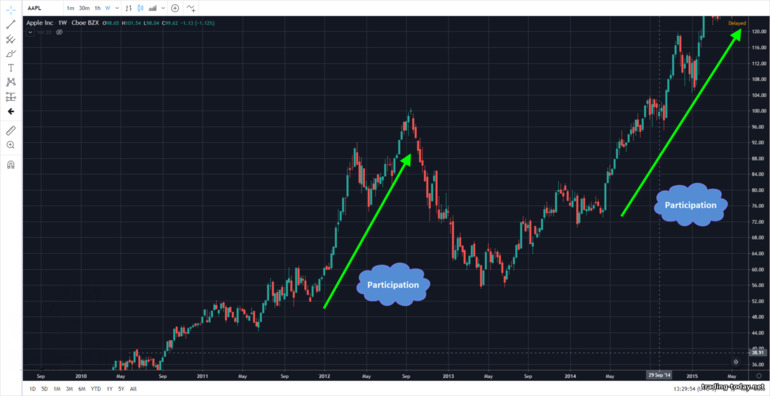
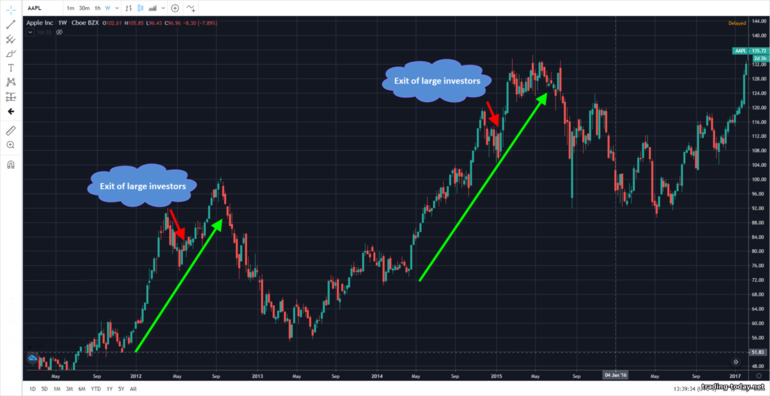
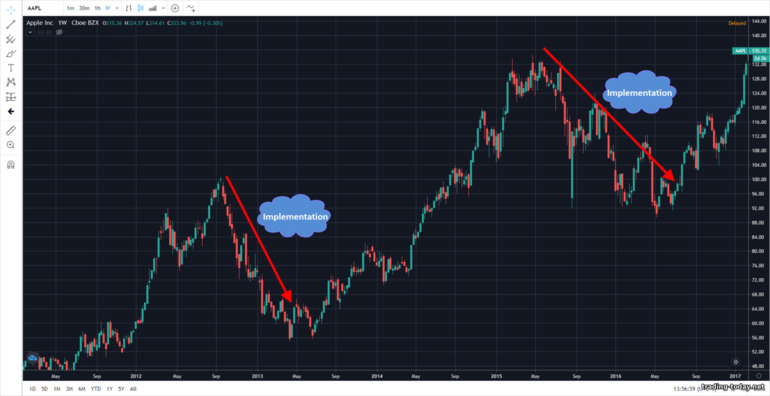
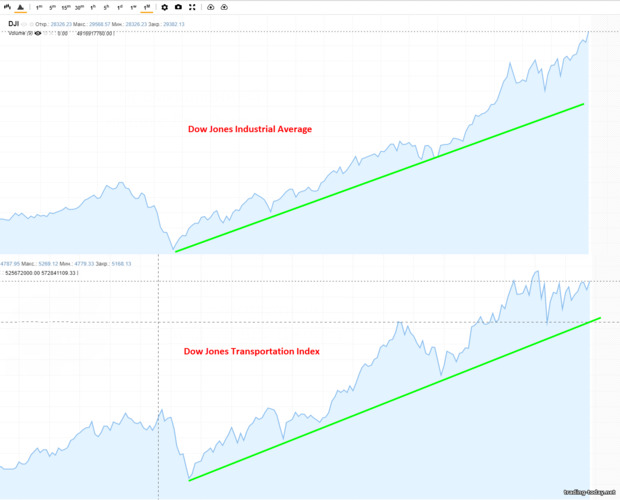
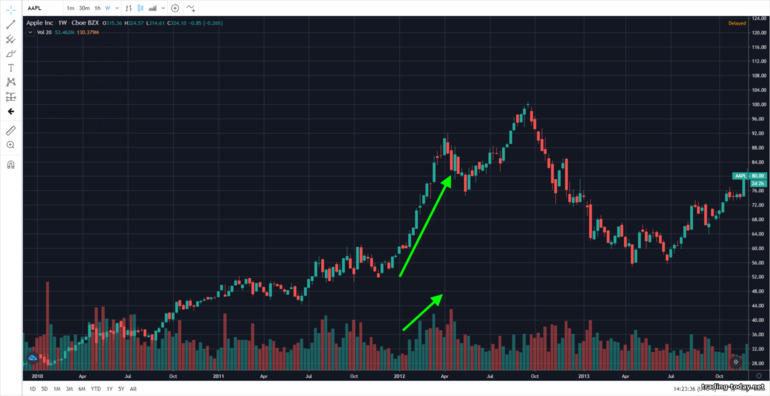
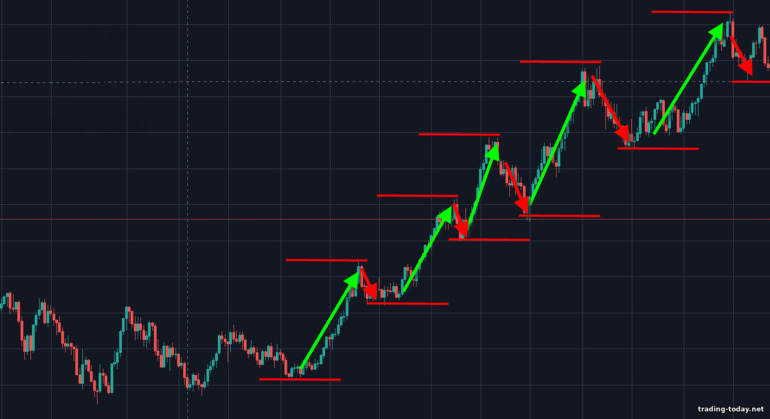
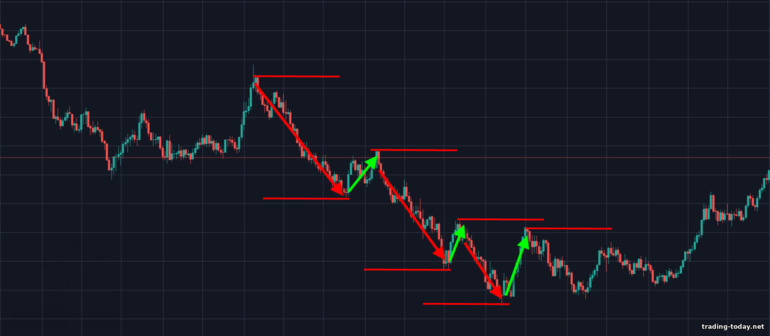
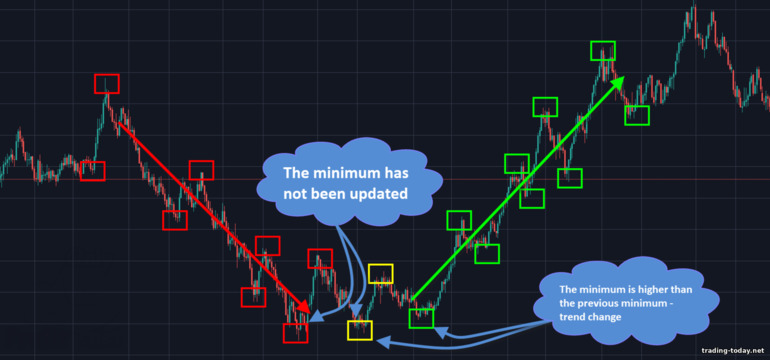
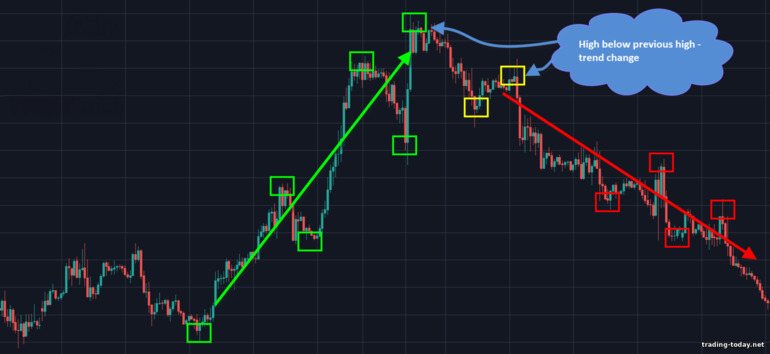

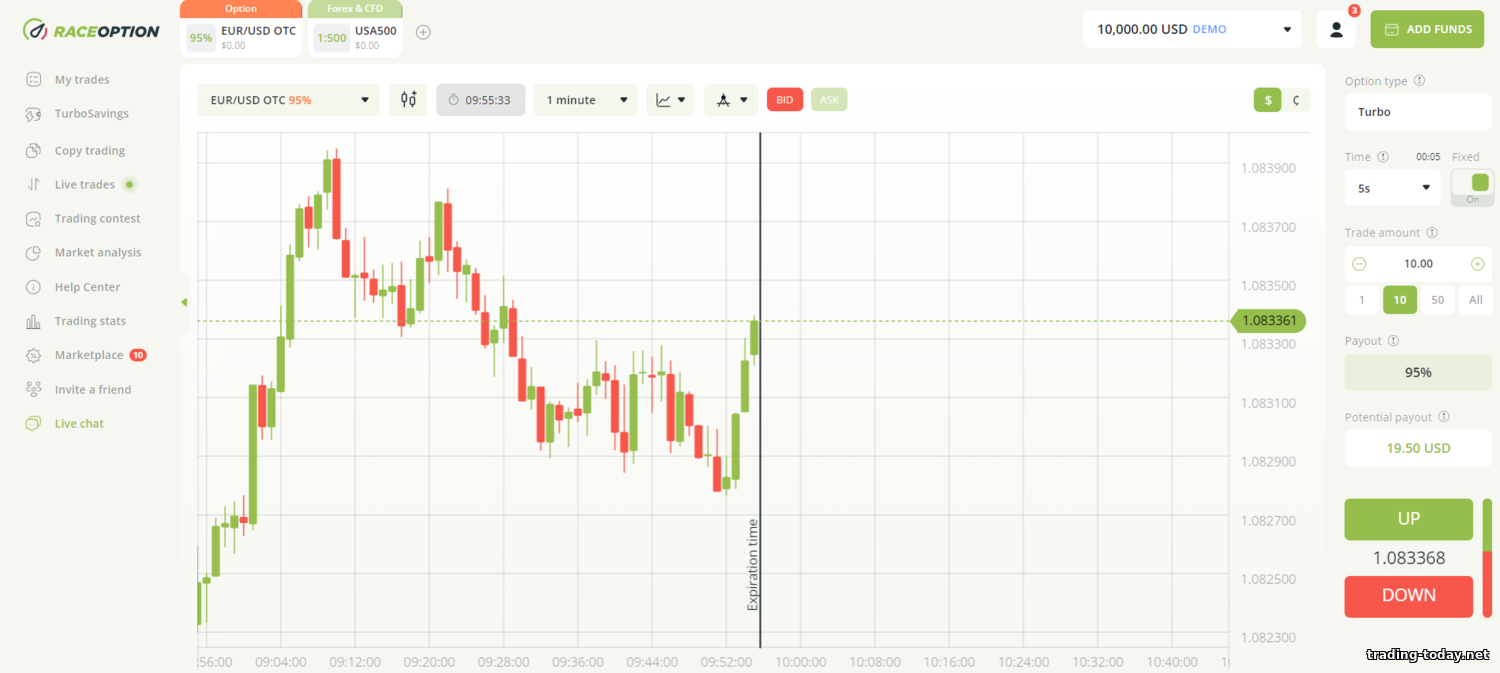
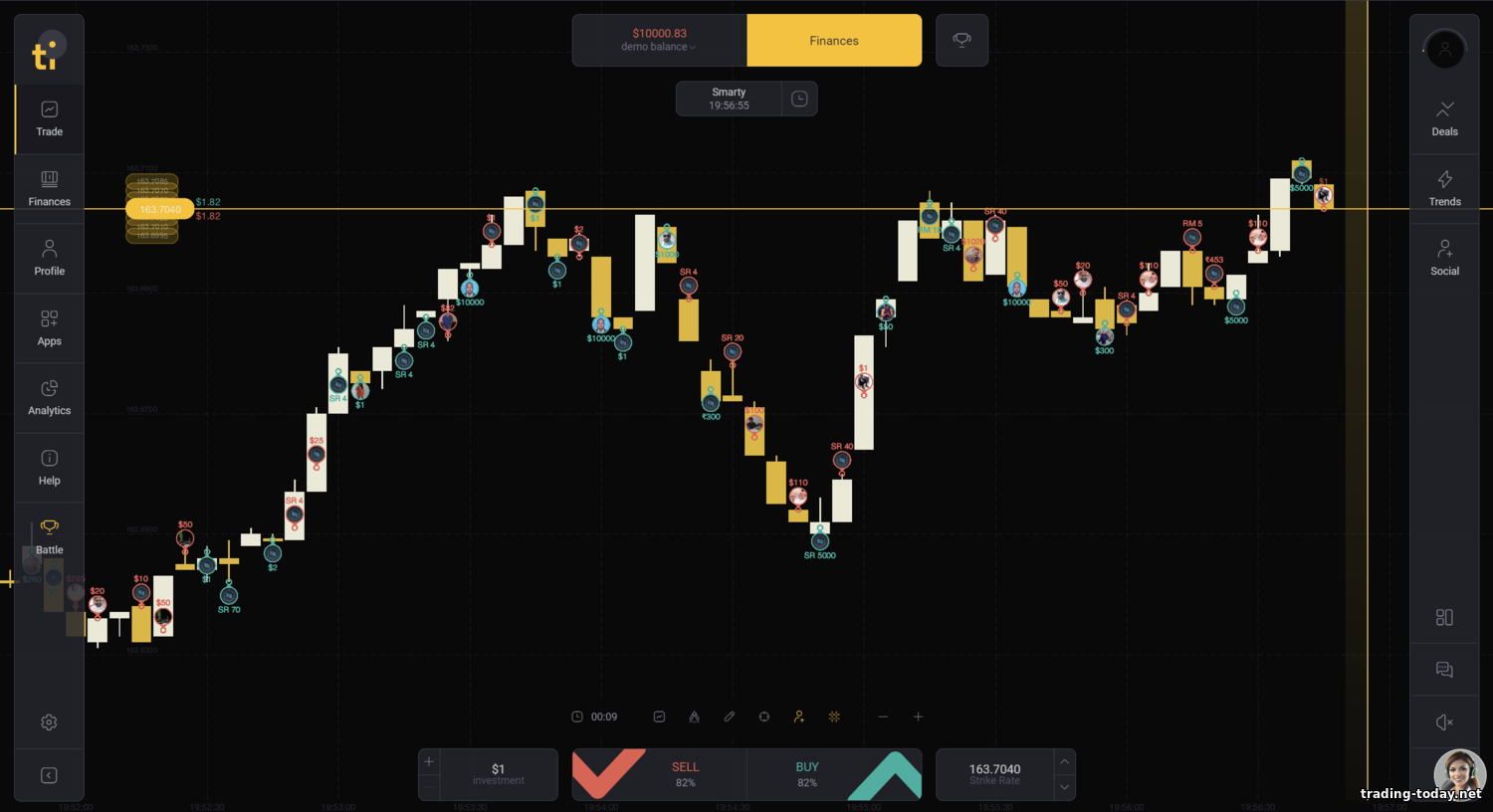


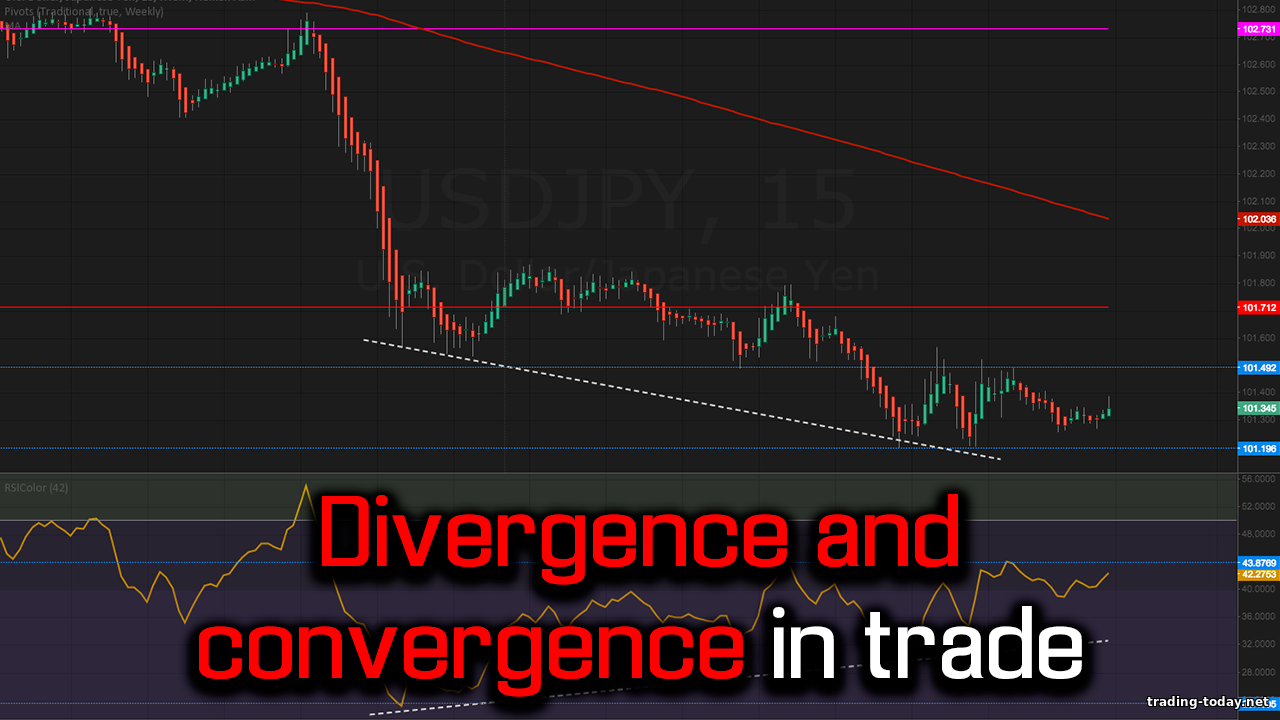


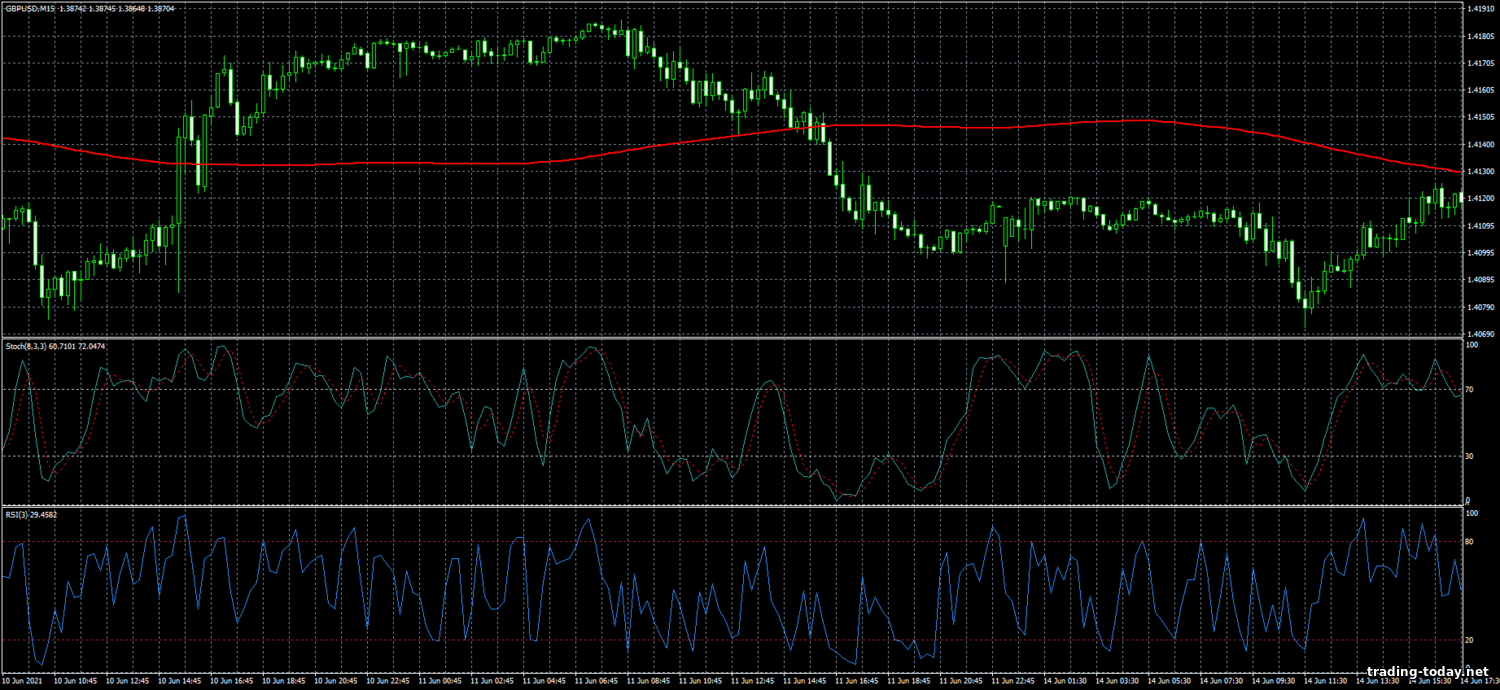
Reviews and comments